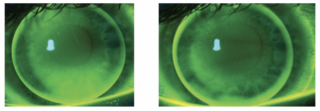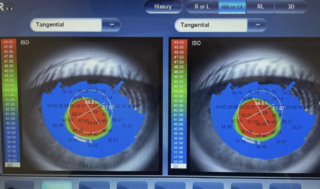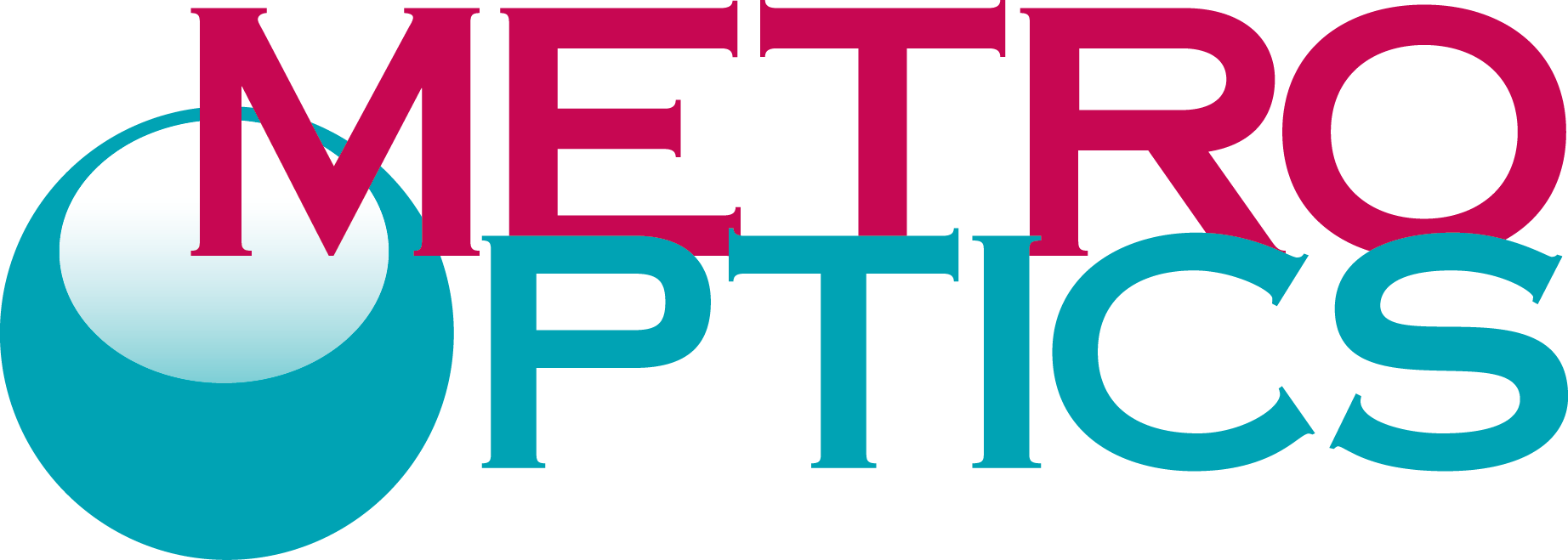Today our focus is on Dr. Tammi Graham, OD of Graham Eye Associates in the Woodlands, Texas. We asked Dr. Graham ten questions to learn more about her, and her practice. Her answers offer clarity and insight into the life-changing world of custom contact lenses.
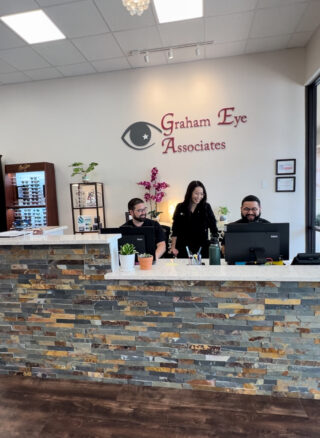
1. What inspired you to specialize in custom contact lenses, and what unique approach do you bring to your practice?
My inspiration to specialize in custom contact lenses stemmed from the clinical care of my patients suffering from ocular surface and corneal diseases. My clinical training included management of these conditions through the use of traditional medical therapeutics, as well as the use of custom contact lenses to recover functional vision. This unique multi-dimensional clinical approach has consistently been shown to be one of the most effective and efficient treatment protocols for my patients.
2. Can you walk me through your process for fitting custom contact lenses for patients with specific eye conditions or needs?
The most important process in the fitting of custom contact lenses is the initial comprehensive examination of the visual system and the factors that affect its function. This includes a thorough reporting of the patient’s medical history, the physical and visual examination of the eyes, as well as establishing an understanding of the patient’s daily visual needs. Analyzing all the information gathered will allow a more accurate and successful selection of custom contact lenses for our patient.
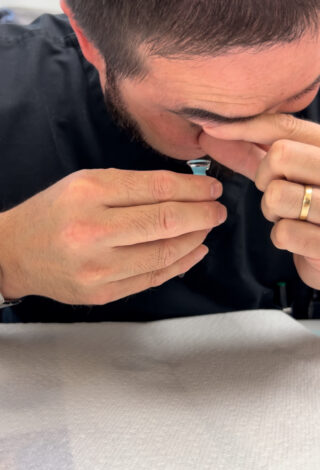
3. How do you stay updated with advancements and technologies in the field of custom contact lenses to ensure your patients receive the best care possible?
Attending continuing education courses and participating in specialty contact lens workshops keep me updated on the advancements and technologies in the field.
4. Could you share a particularly challenging case you’ve encountered in your practice and how you approached it?
One of the most challenging clinical cases I’ve had involved a patient that had complications associated with a corneal graft. The patient’s cornea had many scars from these complications which resulted in many irregularities on the entire ocular surface. These irregularities are challenging in the custom lens fitting process because their anatomic and physiologic behaviors can be difficult to manage. I approached this case by using a combination of topical medications and persistent customization of the contact lenses until we arrived at the maximum fit and comfort level for the patient.
5. What measures do you take to ensure patient satisfaction and comfort with their custom contact lenses?
I utilize direct and indirect surveys to get updates on the patient’s experiences with the fitting process, visual improvement, and overall comfort with their custom contact lenses. Direct surveys are conducted as part of the patient’s in-person follow up exams, and indirect surveys are conducted via HIPAA compliant messaging.
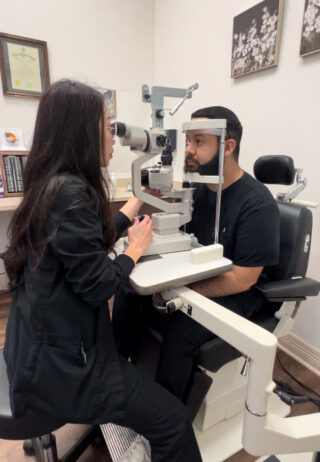
6. How do you collaborate with other eye care professionals or specialists to provide comprehensive care for your patients?
Doctor to doctor communication is very important to me because this is when our patients receive the most comprehensive care. I make it a priority to send reports to doctors with whom we share in the care of our patients.
7. In what ways do you customize your approach for patients with unique lifestyle or occupational demands?
Individualizing the clinical approach for each patient starts with spending time to get to know how the patient spends their day. This may include understanding the nature of their work, their hobbies, and how they like to spend their free time. This individualized approach makes it fun and motivating for patients throughout the fitting process.
8. Can you discuss any innovative techniques or technologies you utilize in your practice for fitting custom contact lenses?
I utilize specialized slit lamp techniques to view the custom lenses’ fitting behavior when worn on the patient’s eyes. In addition, I rely on corneal topographies to create maps of the cornea to assess the cornea’s response to the custom lens. I also utilize the optical coherence tomography to assess the eye anatomy and physiology as it adapts to the custom lenses.
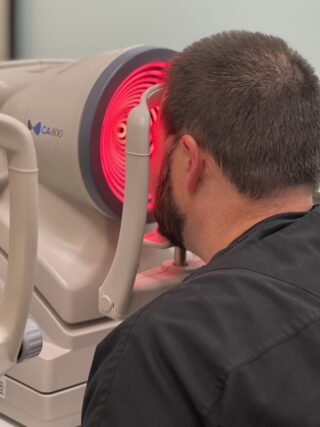
9. What advice do you often give to patients to help them maintain optimal eye health while wearing custom contact lenses?
We emphasize proper care and hygiene to maintain good eye health and safety during lens use. In general, we recommend patients wear their lenses during the day except in special cases when overnight wear might be indicated. There are additional recommendations and wear tips that we provide during the training and dispense visit.
10. How do you handle patient education and support regarding the use and care of their custom contact lenses, especially for first-time users?
We offer multiple training sessions as part of the initial dispense for new wearers. We keep close follow up on our patients’ progress to make sure that they are adjusting well to their new custom lenses. We also pre-schedule follow up exams to assess the patient’s vision and eye health as they get more accustomed to using their new lenses.
Schedule an appointment with Dr. Graham.
Find Dr. Graham on our Physician Locator


